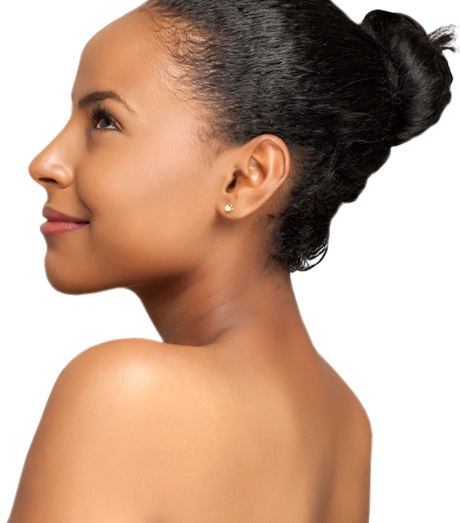Three Things to Know About Selfies
As any plastic surgeon in Westfield, New Jersey, or throughout the country can attest, many patients these days have different motivations for having cosmetic procedures than they would have had decades ago. They’re also younger. Due to the selfie phenomenon, people in their 20s and 30s are studying pictures of themselves more, finding more little flaws, hoping to improve their social media presence, and wanting their real-life faces to look more like the filtered versions of themselves. There’s nothing wrong with wanting to enhance your existing features, but it’s important to keep realistic expectations if you’re having a procedure, such as BOTOX® or a nose job.
Cosmetic treatments involve both art and science, so surgeons must have a strong understanding of which characteristics, ratios, and proportions are key to creating an aesthetically pleasing face. With that in mind, there are two important things to remember: First, a selfie is a moment frozen in time, taken from a particular angle. In real life, your face will be viewed and seen from all around at many different times of day, so any aesthetic decisions you make should take that into account. Second, every part of your face impacts every other part. Making one feature smaller could cause other features to appear more prominent. Balance is important, which is why it’s important to listen to an experienced plastic surgeon who will know what is possible and beneficial, and what is best left to a filter.
Here are three more selfie angles to consider:
Selfies Make Your Face Look Larger
Remember that when you hold a camera up close, the proximity of your face will make the center look bigger than it really is, so your surrounding features are actually a bit distorted. In fact, studies have shown that the nose, which is already the most prominent feature on just about every face, appears 30 percent larger that life in a selfie. If you want your selfies to look more attractive—and realistic—try holding the camera farther away from your face. If you aren’t embarrassed by selfie sticks, those can be a useful tool.
If You Want Your Best Angle, Find It
Your phone should be kept at the same level as or slightly higher than your face for the most flattering self-portraits. It’s not a good idea to hunch over. Tilting your head slightly is often more flattering than a straight-on shot.
Pay Attention to Lighting
Good lighting is essential for selfies. The setting should ideally be well illuminated, with soft natural light in front of your face. Of course, it’s better to keep the light in line with your face instead of shining from directly above or below it, unless you’re aiming for a horror movie aesthetic
You should have fun with making your online image—but remember that your face actually exists in three dimensions, so what you see on a screen is not something you can re-create in reality.
Dr. Carlos Burnett encourages his patients to have realistic expectations as they aim for the best look possible. Find out more about his services by calling us at 908.233.0200 or setting up your appointment online.





